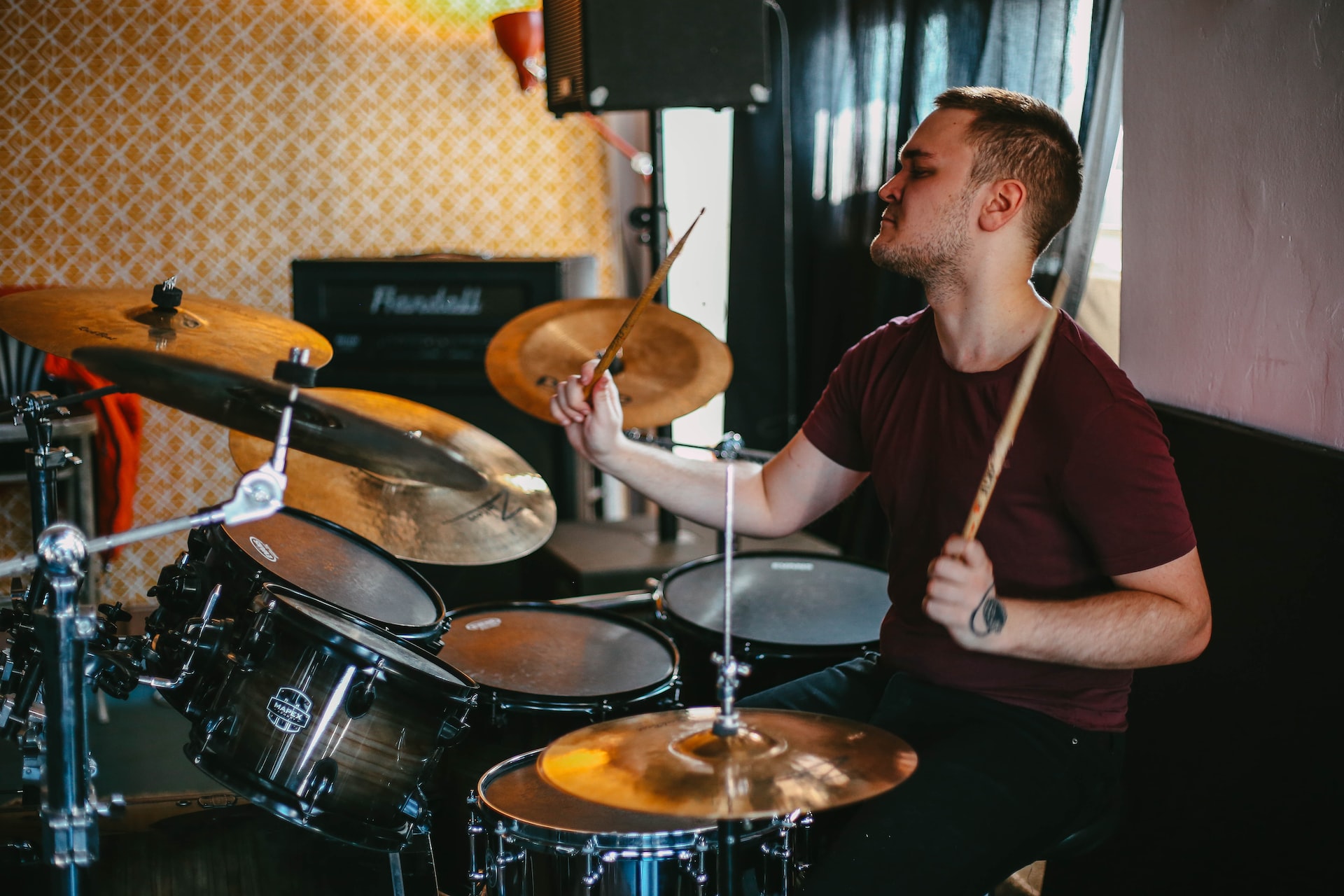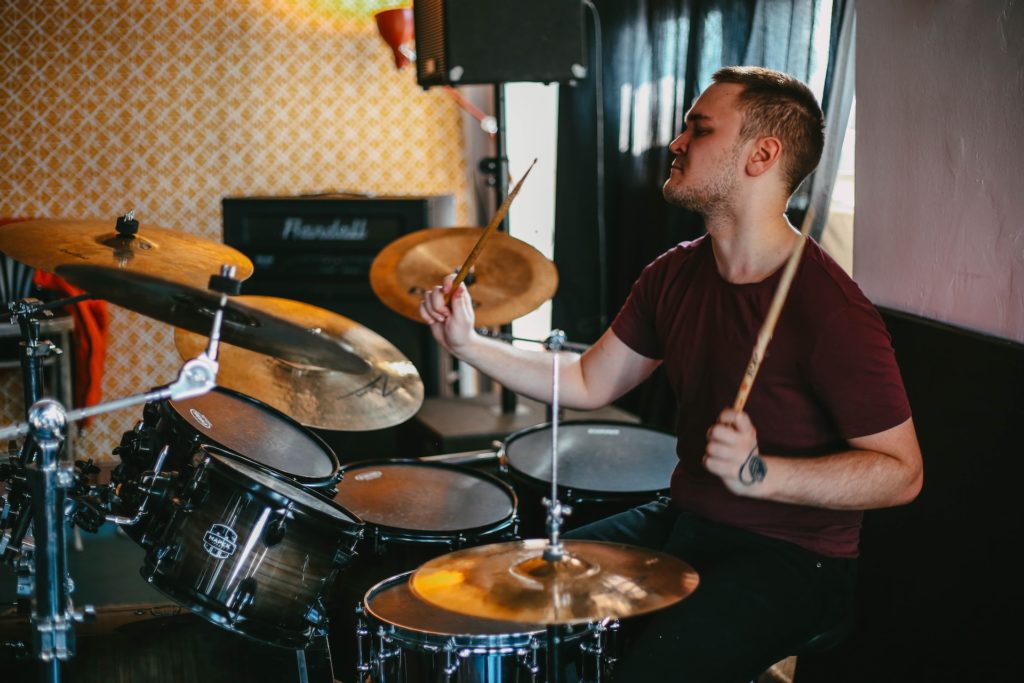
There is no such thing as drum room soundproofing. There is no “proofing” of anything with noise. The process of dealing with noise is termed noise transmission. Noise is transmitted from a source to a receiver. The source of noise is the garbage truck outside your bedroom at 6 am. The receiver is trying to sleep when the lower frequency, 40 hz. wave, energy is washing over your bed. We have a noise transmitter and a noise receiver.
Since this low frequency energy can travel 350 yards and go through solid concrete walls, you must be careful with search terms such as drum room soundproofing. Energy is mitigated or attenuated. You can manage to reduce frequencies of energy so that there is less energy to transmit. You can try and sleep when the garbage truck is not outside. You can also look at building a barrier between you and the garbage truck. A barrier is a permanent construction fix for noise. There are no wall hanging panels that will stop noise transmission.
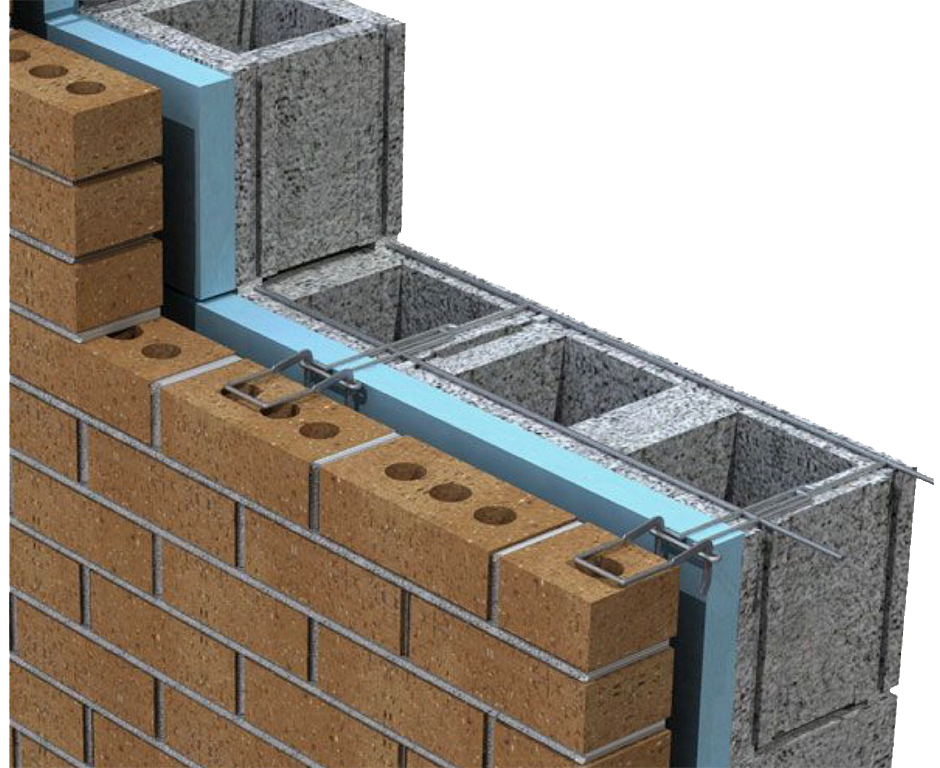
Drums vs Gong – The Two Largest Full Range Energy Producing Devices
Drums are the garbage truck within your room. Drums are the second largest full range energy producing device next to a gong. A gong can produce energy that can exceed 140 dB SPL. Drums can produce energy that can exceed 120 dB SPL. Both of these instruments produce full range energy from 30 hz. – 10,000 hz. Full range noise transmitted energy must be divided into two main categories when we are dealing with noise, We have low frequency noise and middle and high frequency noise.
Like Waves in am Ocean
Lower frequency noise transmission is wave energy. Think of lower frequency energy as ocean waves. When the garbage truck takes off from a standing position and moves to the next trash can, it is producing waves of energy that are 30 – 40′ long and 15 – 20′ high. These ocean waves of energy oscillate through the air in all directions. Notice how the motion sensors in car alarms two blocks away go off.
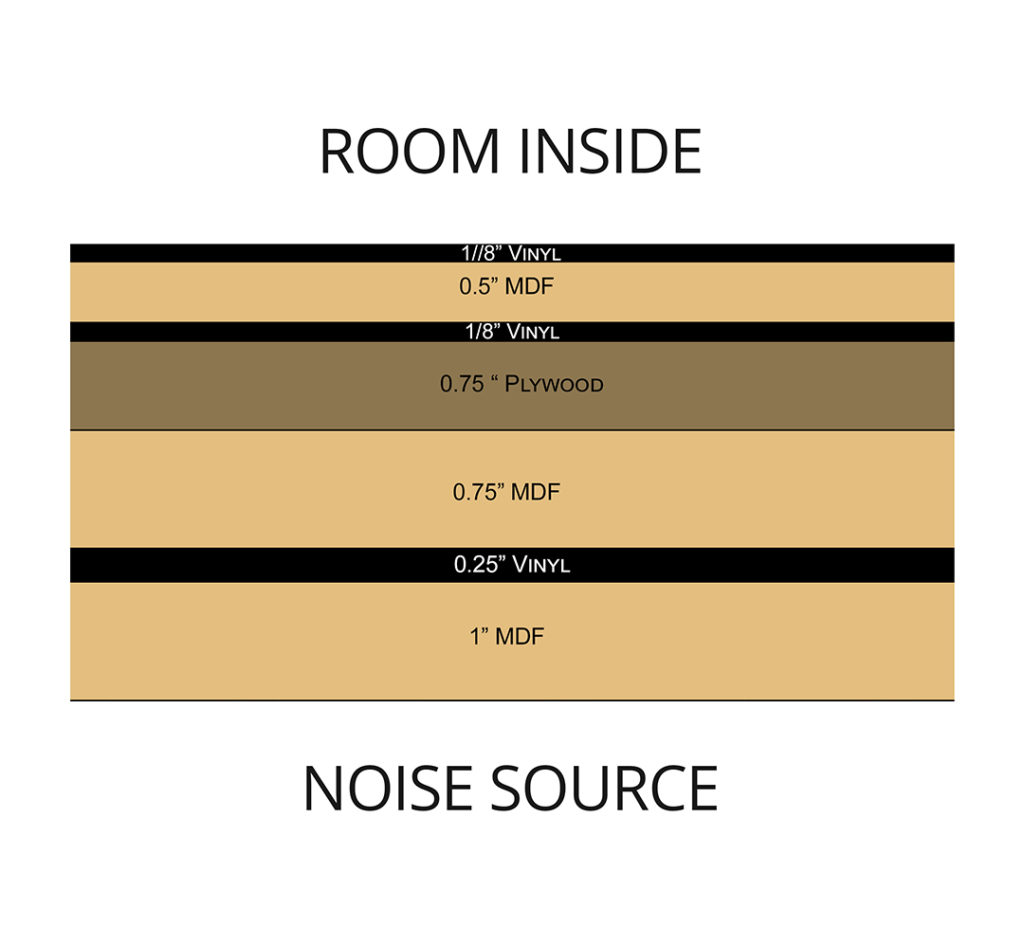
Build a Barrier
Lower frequency noise energy requires a different barrier design and build than a middle and high frequency noise transmission issue. A barrier is what you build between you the receiver and the source of the noise which will be drums. We must build a barrier between the drums and everything else inside the structure and outside the room. In order to accomplish this goal, we must. In order to decide what barrier to build, we must take noise measurements.
Drum room Soundproofing
We must go outside and measure how much energy is leaving our existing drum room and going into the neighborhood. We must also measure the noise that is leaving our drum room and transmitting to other rooms within the drum room structure. Noise numbers will quantify and qualify the noise so we can design the appropriate barrier. All noise and sound is composed of frequency and amplitude. Drum room soundproofing must take into account a full range complement of noise.
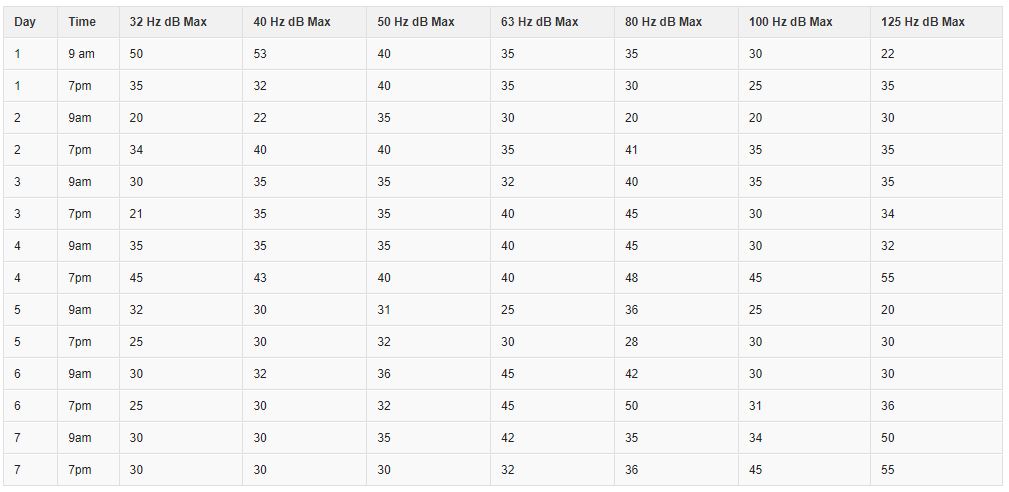
Measure Noise for 7 Days
Frequency is where the noise is located on the human hearing audio spectrum. Amplitude is how large or loud those frequencies are. Both the frequency or noise and how large it is must be taken into the design of any barrier. Every material type used within a barrier works at different frequencies and is effective at certain amplitudes or strengths. Not all barrier designs work at all frequencies. Every material used, the thickness of that chosen material type, and how it is arranged within the barrier is dependent on the noise measurements.
Minimum vs Maximum Pressure Levels
Noise numbers must be taken over a seven week time period. We must have a complete noise picture everyday for a one week time period. We must know what day the noise is loudest. This is termed the maximum pressure day or max. The quietest part of the day or days is termed the minimum pressure level day. Our barrier must be designed for the maximum pressure day. This is a must for any drum room soundproofing or any type of noise issue.
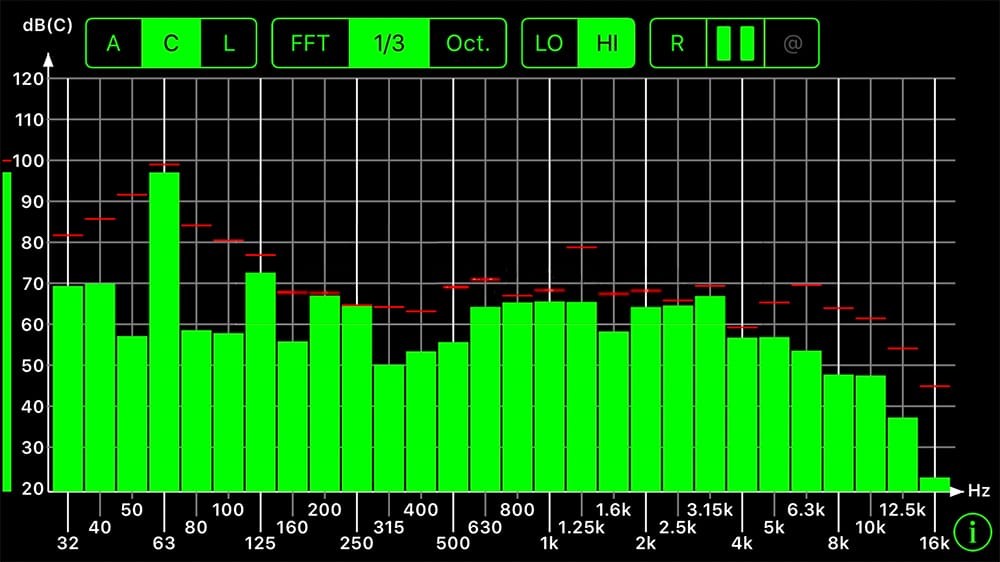
Noise Barrier Design by Acoustic Fields
At Acoustic Fields, we have a noise design service. We have apps that you download on your phone. You then follow our instructions and take noise measurements. You take a minimum of two measurements each day. You take a frequency and amplitude measurement during the quietest part of day and the loudest. A middle measurement is always welcome. You record your measurements on our online data form and send them to us.
We take your noise numbers and we compare your noise transmission issues to our database of over 300 rooms which were built and measured for noise transmission along with the energy inside the room. We have measured both the noise that is leaving and the noise that is staying within the room. We can assist you with any noise issue along with managing the noise within your room. Absorption and diffusion are used to manage internal room energy issues.
Read more about our Recording Studio Design Service here.


